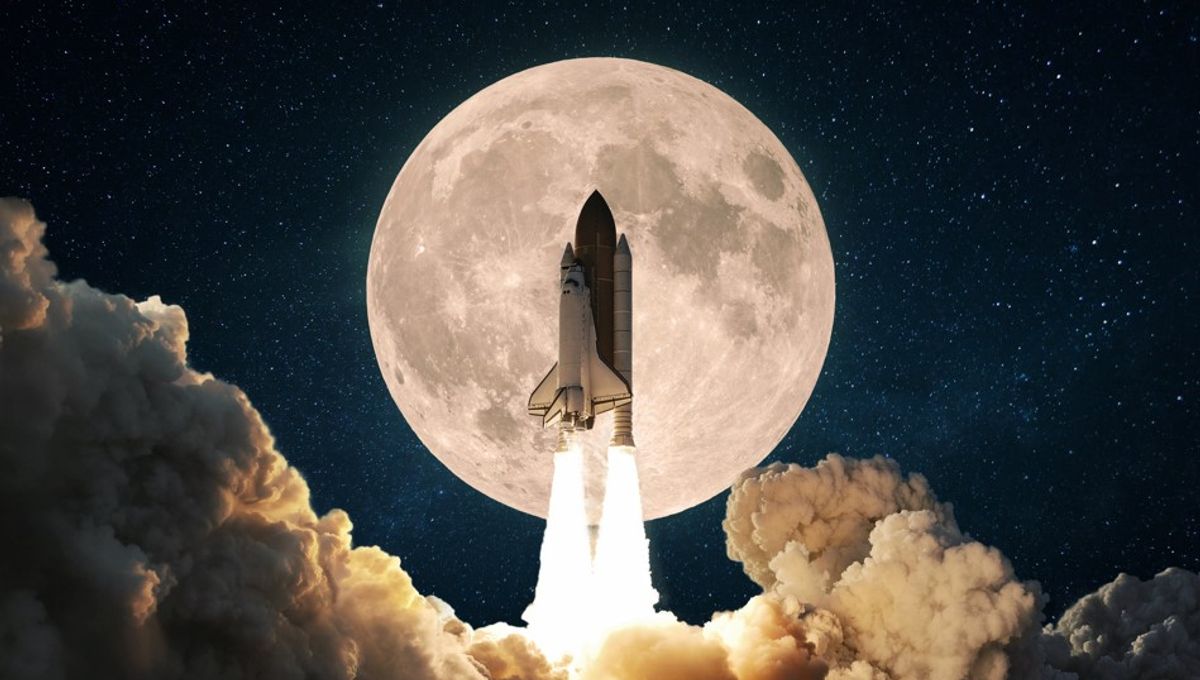
It’s 56 years since humans first walked on the Moon and 66 years since the first uncrewed mission to the rocky satellite, yet bizarrely, it actually takes longer to get there using modern methods than it did during the Apollo era. This is because spaceflight engineers have found new and ingenious ways to travel through the cosmos without using fuel, instead piggybacking on the gravitational fields of celestial bodies in order to journey further for cheaper.
ADVERTISEMENT
And that’s just as well, because the Moon lies about 384,400 kilometers (238,855 miles) away from Earth – on average – which means you’d need an awful lot of fuel to get there under your own steam. In reality, the distance to the lunar surface is not constant because the Moon’s orbit around the Earth is not perfectly circular.
At its perigee – or closest point to Earth – the Moon is roughly 363,300 kilometers (226,000 miles) away, while the gap stretches to about 405,500 kilometers (252,000 miles) at the Moon’s apogee. The journey time therefore depends on where the Moon happens to be on launch day.
Historically, crewed missions to the Moon have taken about three days to reach their destination. The fastest ever was Apollo 8, which entered lunar orbit in just over 69 hours, while Apollo 11 took 75 hours and 50 minutes to get there and another day or so to actually land on the lunar surface.
All of the Apollo missions traveled along what’s known as a “direct” transfer trajectory, which relies on the gravitational pull of both the Earth and the Moon and requires quite a lot of fuel to cover the distance between the two. However, more recent missions to planets like Mars and Jupiter have demonstrated the benefits of taking more scenic routes in order to harness the gravity of other celestial objects, thus cutting down on fuel requirements.
In September 2003, the European Space Agency utilized this approach to launch its SMART-1 satellite, which spent around 13 months following a spiraling trajectory around the Earth in order to reach the Moon using minimal fuel. Of course, crewed missions are unlikely to take such meandering paths to arrive at their destination, and the actual time it takes to travel to the Moon tends to depend on multiple factors – including the purpose of the mission and the type of spacecraft.
Probes, for instance, are often designed to expand the frontiers of human space exploration, and need to travel as quickly as possible in order to reach unprecedented distances from Earth. NASA’s New Horizons probe took just nine hours to whizz past the Moon in 2006, eventually arriving at its final destination of Pluto nine years later.
ADVERTISEMENT
The first ever mission to the Moon was also an express trip, with the Soviet Union’s Luna 1 getting there in a mere 34 hours. However, due to a slight miscalculation, the unmanned craft actually missed the Moon and has been sailing into the abyss of space ever since.
In contrast, NASA’s Mars Reconnaissance Orbiter took about seven months to reach the Red Planet via a relatively direct route, which gives an idea of just how big of a challenge it’s going to be to send humans there. And with the Moon gradually creeping further away from the Earth (at a rate of about one inch, or 2.5 centimeters, per year), the time it takes to get there could one day be significantly longer than it is today.
Source Link: How Long Does It Take To Travel To The Moon?